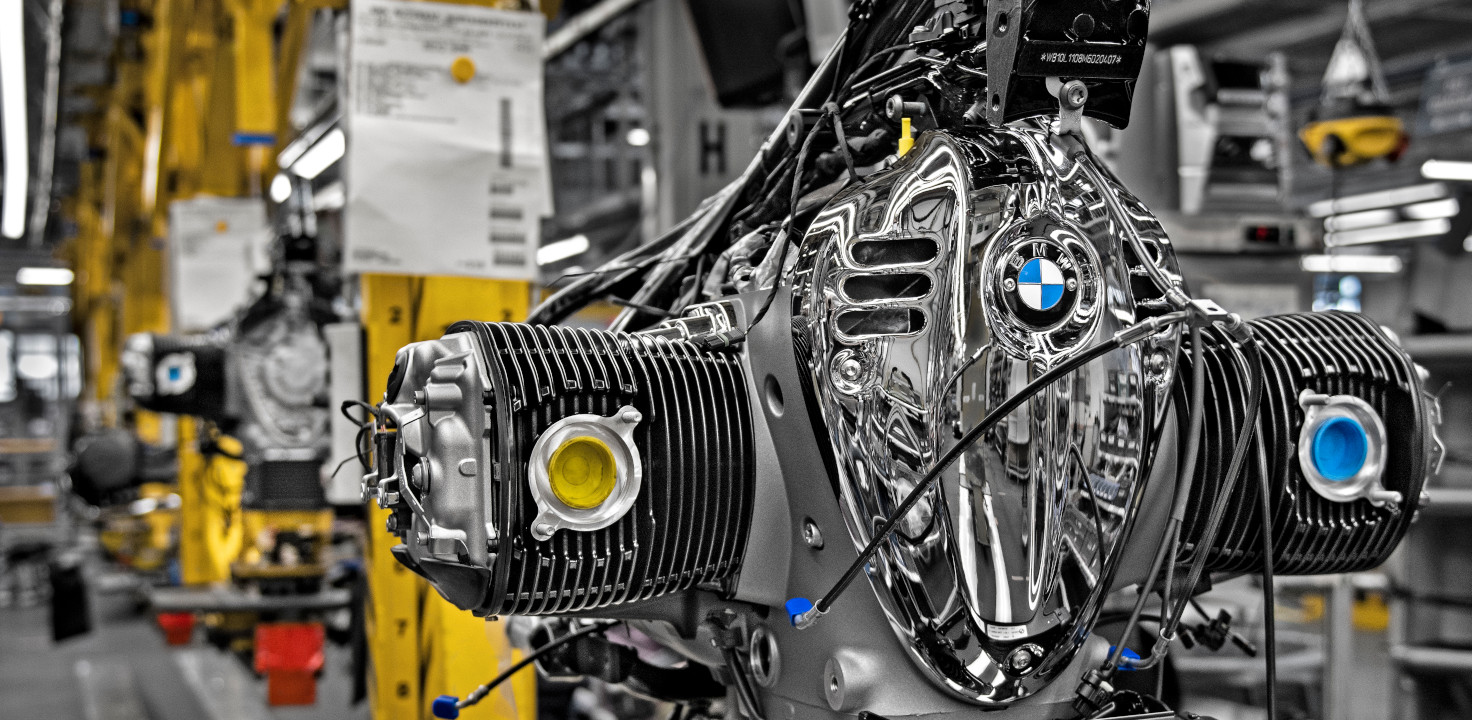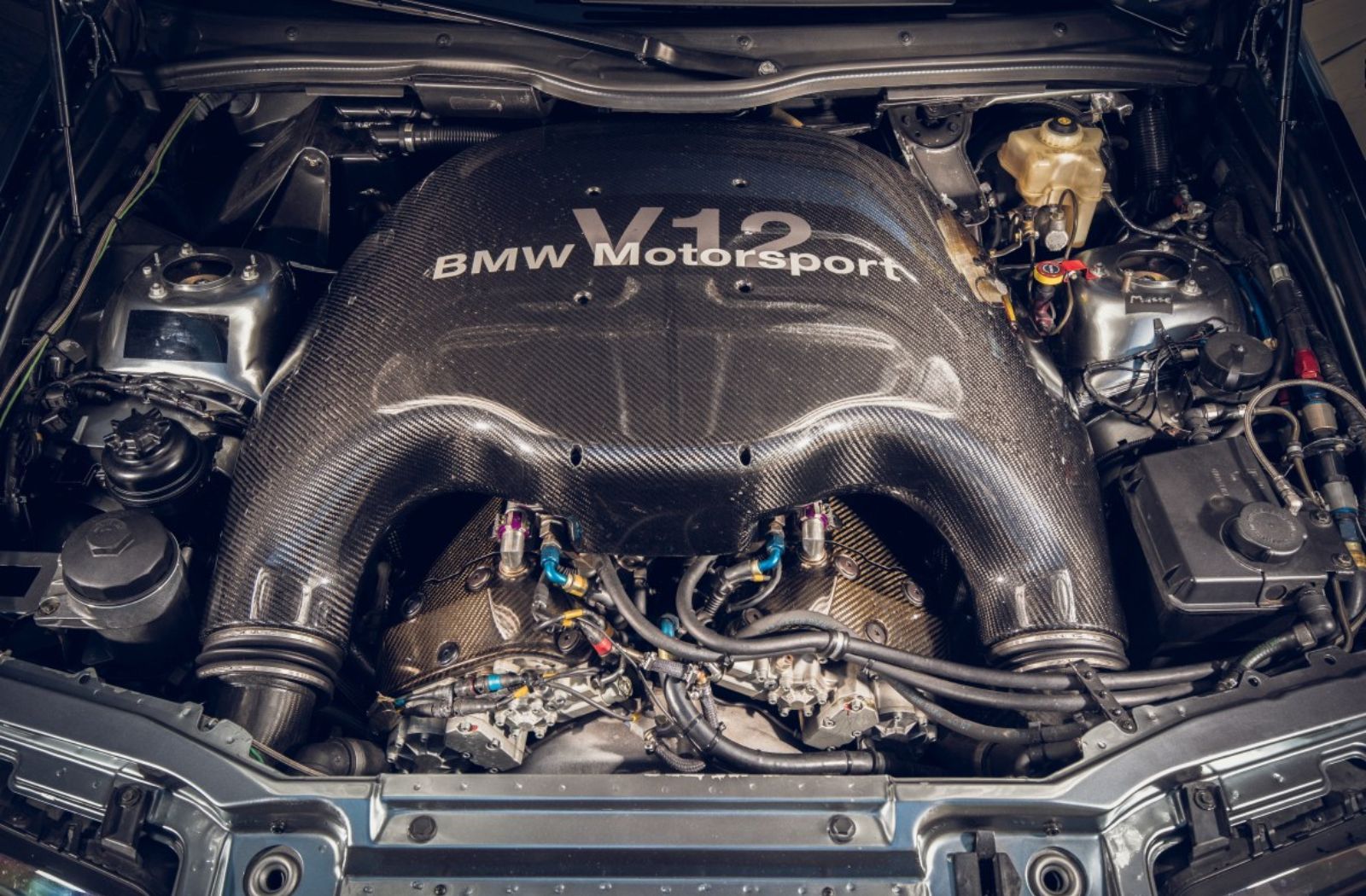Checking Out the Development of Burning Engines in Modern Transportation Systems
As we navigate the landscape of contemporary transportation, the development of combustion engines stands as a testament to human ingenuity and design expertise. From their modest starts to the innovative giants thrusting vehicles today, burning engines have actually gone through an exceptional journey of development and adaptation. Understanding the intricacies of this evolution not just clarifies the past yet also leads the method for visualizing what lies in advance in the world of transport modern technology. The interplay of history, modern technology, and ecological worries in shaping the trajectory of burning engines develops a narrative that is both informative and engaging.
Very Early Beginnings of Combustion Engines
Exactly how did the principle of burning engines first arise in the early phases of transportation development? When the concepts of interior burning were very first checked out, the origins of combustion engines can be mapped back to the 17th century. In 1673, Christian Huygens conceptualized a fundamental internal combustion engine that made use of gunpowder to produce power. It had not been up until the late 19th century that sensible applications of combustion engines in transport began to arise.
The breakthrough moment featured the creation of the initial successful gasoline-powered engine by Karl Benz in 1885 - bmw engine. This engine paved the way for the advancement of the contemporary car, transforming transportation systems worldwide. Succeeding advancements by Nikolaus Otto and Gottlieb Daimler further fine-tuned burning engine modern technology, leading to the mass production of vehicles and the fast growth of the transport market
These early combustion engines were defined by their simplicity and efficiency, laying the foundation for the complex and powerful engines made use of in modern-day transport systems. The development of combustion engines has contributed fit the way we take a trip and transport items, noting a substantial landmark in the history of transport growth.
Shift to Internal Combustion Modern Technology
The change to interior combustion modern technology noted a critical change in the development of transportation systems. This change started in the late 19th century, with innovators like Nikolaus Otto and Gottlieb Daimler establishing the first effective interior burning engines. These engines changed transportation by offering a much more reliable and powerful alternative to vapor engines and electrical motors.
One of the vital advantages of inner burning engines was their capability to be scaled down to fit right into cars, leading to the growth of vehicles and bikes. This change from cumbersome, fixed engines to compact, mobile ones led the method for the modern-day transportation systems we see today.
The change to interior burning innovation additionally spurred advancements in gas technology, causing the development of gas and diesel as key fuel resources for vehicles. This change not just made transportation extra easily accessible to the masses but likewise laid the structure for the oil and gas industry to end up being indispensable to worldwide economic situations.
Impact of Combustion Engines on Transport
The adoption of combustion engines in transport systems militarized a profound shift in the effectiveness and rate of global movement. Burning engines reinvented transportation by giving a versatile and trusted resource of power for different cars, including autos, ships, vehicles, and aircrafts. This advancement considerably enhanced the capability for people and products to relocate over lengthy ranges in much shorter timespan, bring about increased connectivity in between areas and countries.
In addition, the prevalent usage of burning engines has actually had a significant effect on economic advancement. The capability to deliver items successfully has actually spurred trade and commerce, permitting organizations to increase their markets and get to consumers worldwide. This has assisted in economic growth and globalization, as products can currently be moved much faster and in larger quantities than ever before.
Nevertheless, the ecological impact of combustion engines can not be overlooked. The burning of nonrenewable fuel sources has led to air contamination and greenhouse gas discharges, adding to environment modification and presenting health and wellness dangers to populations. bmw engine. Because of this, there is a growing focus on establishing alternative propulsion technologies to minimize these unfavorable effects and develop a much more sustainable future for transport
Advancements in Combustion Engine Style
One noteworthy advancement is the advancement of turbocharged engines, which utilize exhaust gases to drive a wind turbine that compresses incoming air, permitting for even more gas to be burned, resulting in increased power result without a substantial rise in engine dimension. Variable valve timing systems have also changed engine layout by enhancing air flow at different engine rates, enhancing both power and efficiency. These innovations jointly add to the continuous improvement of burning engines in contemporary transportation systems.
Future Trends in Burning Engine Advancement
With modern technology improvements driving continual advancement, the future of burning engine development is positioned to transform transport systems globally. One of the crucial fads in combustion engine advancement is the press towards higher performance and reduced discharges.
An additional popular fad is the fostering of hybrid innovations in burning engines. Crossbreed engines combine standard burning modern technology with electric power, providing enhanced fuel performance and lower emissions. As the automobile market shifts towards electrification, hybrid combustion engines are seen as a transitional option that links the gap in between conventional automobiles and totally electrical ones.
In addition, the integration of smart technologies, such as synthetic intelligence and data analytics, is expected to play a considerable function in the future of combustion engine advancement. These innovations can enhance engine efficiency in real-time, causing a lot more reliable burning processes and improved general car performance. Embracing these future trends will not only drive innovation in combustion engine growth yet additionally add to a much more eco pleasant and lasting transport environment.

Final Thought
In verdict, the development of burning engines in modern transport systems has been noted by substantial improvements in technology and over here design. From the very early beginnings of burning engines to the shift to inner burning innovation, these engines have actually had an extensive impact on transportation.
The click here for info roots of burning engines can be traced back to the 17th century when the concepts of interior burning were very first checked out. These engines transformed transport by using a more effective and effective alternative to vapor engines and electric motors.
